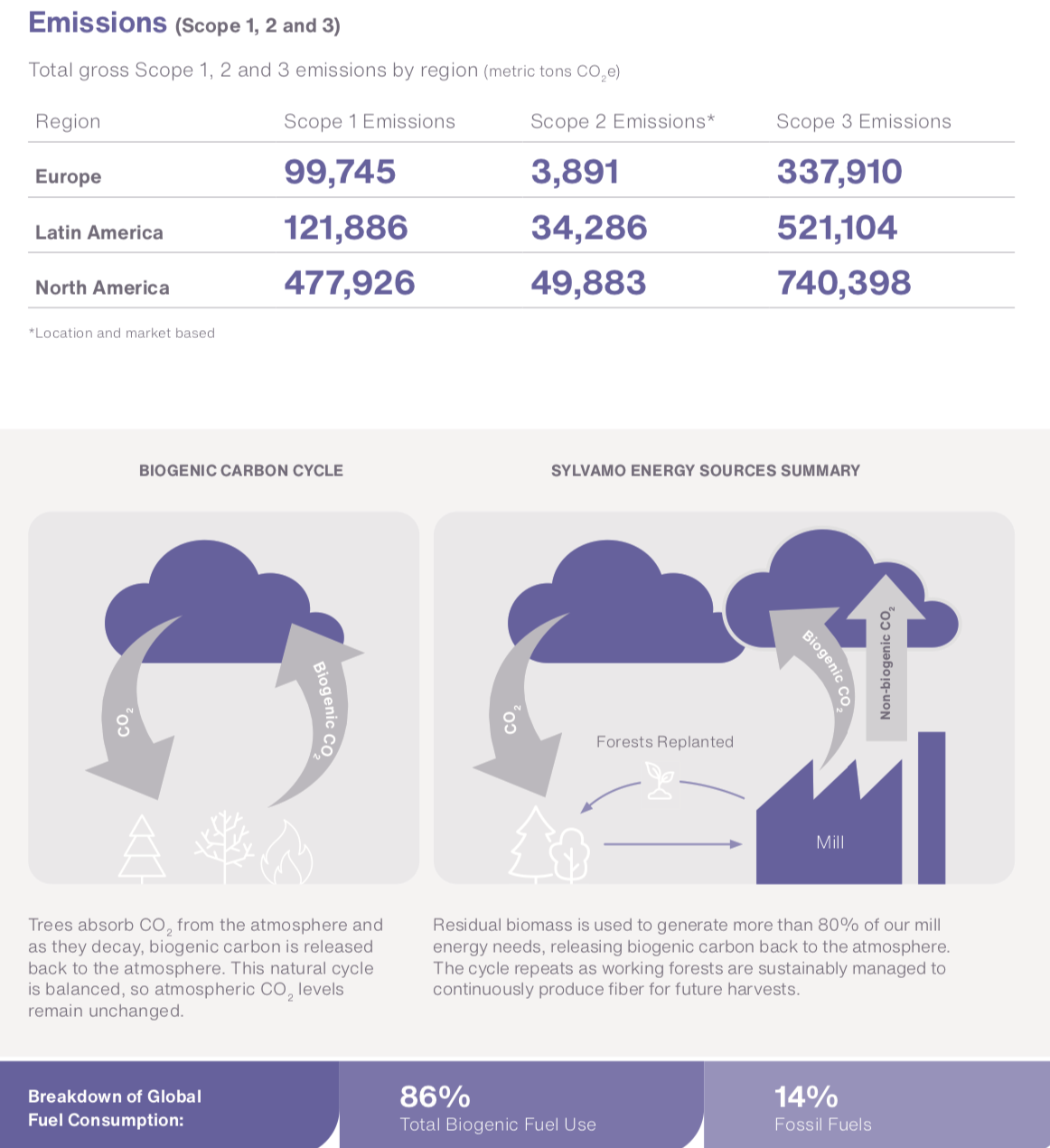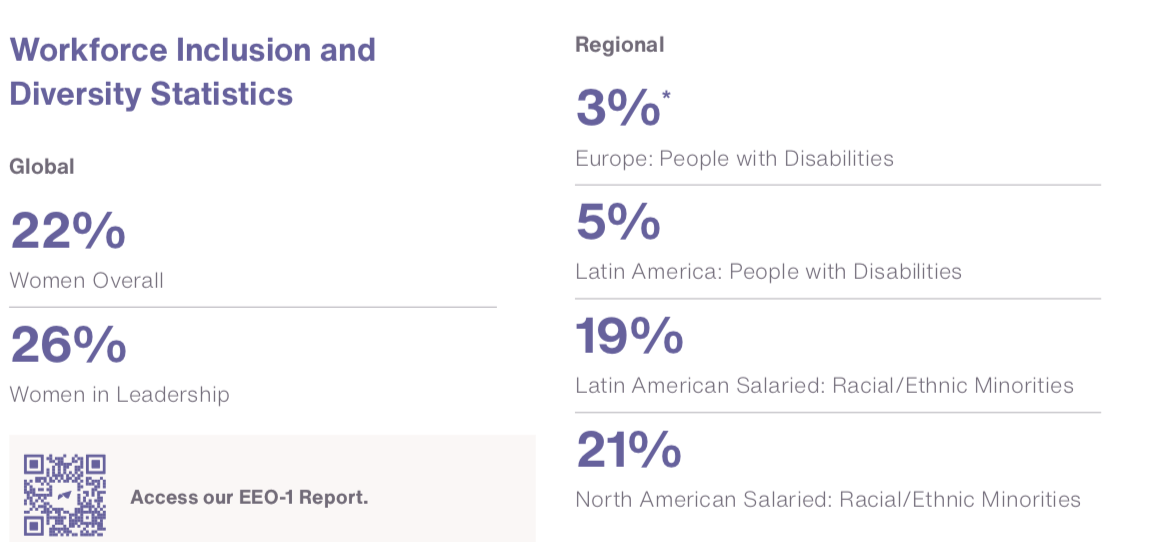CEF Lead Executives
-
JAMES MCDONALDList Item 1
Chief Sustainability Officer
James is responsible for developing and coordinating Sylvamo’s global ESG strategy, sustainability, community engagement programs, Sylvamo’s 2030 goals and key customer initiatives. Prior to this role, James worked with International Paper for 24 years, most recently as director of the global citizenship department, where he supported the creation of several enterprise wide programs, including setting the Vision 2030 goals. He also worked in the environment, health and safety organization where he held various positions dealing with workers’ health, environmental regulations, health and safety programs and sustainability initiatives. James has a bachelor’s degree in international studies, with an emphasis in Eastern European and Soviet foreign policy, from Rhodes College.
-
NATHANIEL ELSER
Global Sustainability Manager
Since joining the company in 2021, Nathan has been focused on refining Sylvamo’s sustainability strategy, building capacity for performance measurement and reporting, communicating ESG priorities to stakeholders and helping drive progress toward Sylvamo’s 2030 goals, particularly those related to responsible fiber sourcing. Nathan manages Sylvamo’s fiber certification program in North America as well global partnerships with ENGOs. He is also heavily involved in developing organizational readiness for regulatory compliance. Nathan holds a PhD in Biorenewable Systems from Penn State University along with degrees in Forest Resources and Wood Science.
-
JACE ATHOW
Sustainability Program Manager
Jace currently sits within Sylvamo’s Corporate Affairs group; more specifically, she is on the corporate Sustainability team that is responsible for issuing Sylvamo’s annual ESG report, amongst many other external reporting facets. She leads a cross functional team responsible for developing the strategy and tactics to achieve Sylvamo’s GHG emissions reduction goal. She also collaborates with the different staff groups to answer any ESG or climate-risk related questions our stakeholders may have. She began with IP in 2012, having roles in NAC finance, energy procurement and budgeting. While evaluating renewable energy projects for IP, she brought awareness and opportunities to leadership and this led to a passion for sustainability. She then moved into responsible sourcing where she assessed our supplychain risk, ultimately establishing a comprehension of all types of risk involved within ESG reporting. She graduated Mississippi State University with a Bachelors and Masters in Professional Accountancy.
-
ANNA STAVRUM
ESG Data and Reporting Analyst
Anna currently sits on the corporate Sustainability team at Sylvamo and has recently taken on the role of ESG Data and Reporting Analyst. This role includes leading the efforts of the annual data collection as well as tackling new reporting regulations. She is currently spearheading Sylvamo’s first DMA as they prepare for CSRD compliance. Before becoming the ESG Data and Reporting Analyst, Anna was a Sustainability Specialist where she was responsible for leading a cross functional team that identified projects and strategies for Sylvamo’s water reduction goal. She is still responsible for this team as well as taking on the GHG emission reduction goal strategy. Prior to her roles in sustainability, Anna served as a financial analyst at International Paper on the Lease Accounting team. Anna has a Bachelor’s degree in Business Administration with a concentration in Finance from Christian Brothers University.
Latest Sustainability Reporting
2024 Sustainability Performance Review
(June 2025)
Highlights
- Reduced Scope 1, 2, and 3 emissions by 4% (2019 baseline).
- Generated 86% of mill energy from renewable, carbon-neutral biomass residuals rather than fossil fuels in 2024.
- Certified 54% of globally sourced fiber to Forest Stewardship Council (FSC) and/or Programme for the Endorsement of Forest Certification (PEFC) standards and 100% complied with the FSC Controlled Wood standard.
- Conserved, enhanced or restored over 41,000 acres of forestland in Sylvamo regions as of 2024.
- Reduced water use 25% at Tres Lagoas mill (2019 baseline) by reusing water in the paper production process instead of treating and discharging it.
- Improved CDP scores for the second year in a row.
- In 2024, invested $5 million with strategic partners to support environmental and social initiatives.
- Women made up 22% of the workforce and 26% of leadership positions in 2024.
- Minorities made up 21% of salaried positions in North America in 2024.


Recent News
2022
Joined the CEF member network in December 2022!
SYLVAMO — Announced a $3 million expanded partnership with World Wildlife Fund to further support forest conservation and restoration in key global regions, including Brazil’s Atlantic Forest, focusing on the Mogi Guaçu River basin, where Sylvamo has important manufacturing operations. (October 2022)
Press release
SYLVAMO — Announced a $1 million commitment to The Nature Conservancy supporting work that advances TNC's mission in Tennessee and the Appalachian Mountains. Sylvamo’s contribution will specifically support identifying, conserving and enhancing lands located within a network of natural highways and neighborhoods where plant and animal species have the best chance of thriving in a changing climate. (August 2022)

